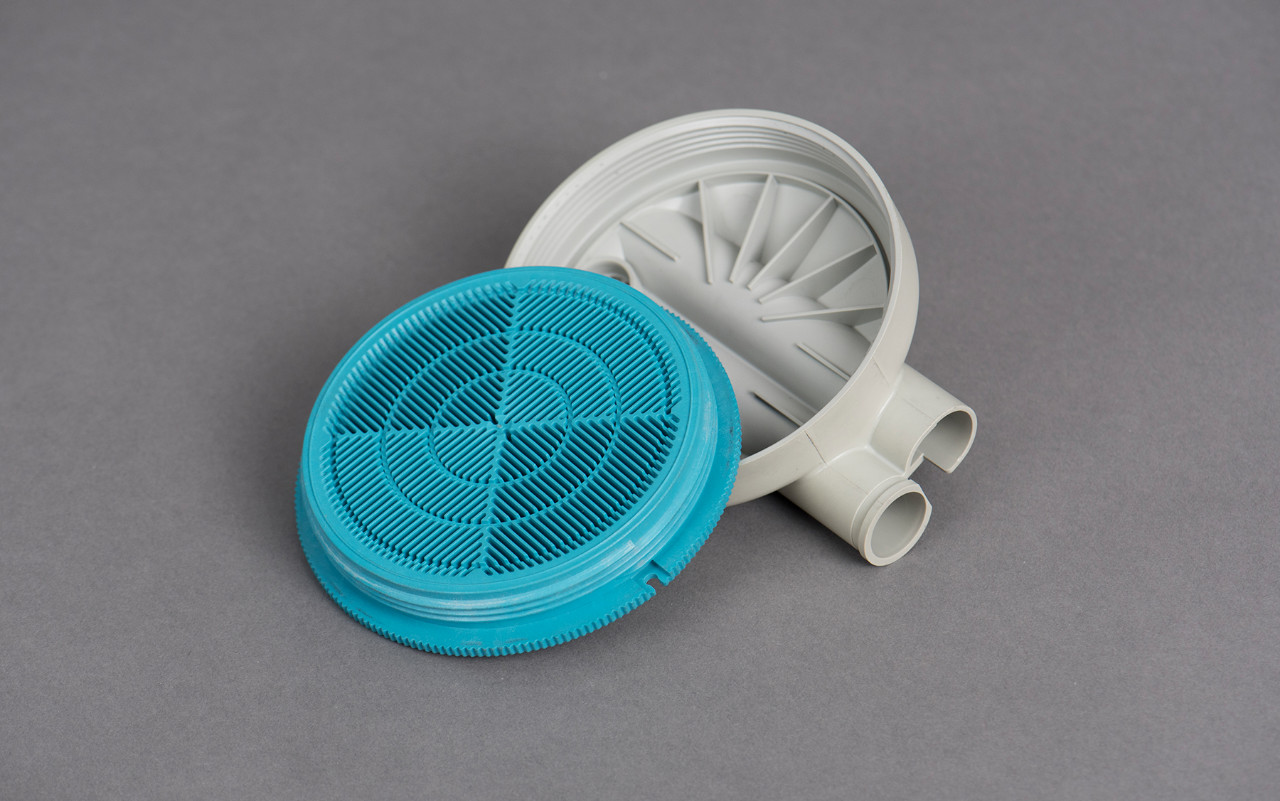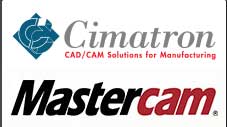Over-Molding
Plastic Over-molding refers to the injection molding technique where a material (usually TPE) is molded on a second (usually rigid plastic) using heat, pressure and liquid silicone. TPE over-molding designs that are properly chosen will create a strong bond between the plastic and TPE. This bond is then maintained even in the environment of end-use. No primers or glues are required to create a strong bond between the materials.
Why use plastic substrate molding?
Over-molding is used to improve the aesthetics and functionality of products Plastic over-molding can create a variety of color options. Substrate molds also allow for the addition of important details to products to suit a particular consumer’s use. Over-molding can be used to give a screwdriver a colorful, comfortable handle. Plastic over-molding can be used for a variety of reasons, including:
- It provides a softer grip surface on a portion of the material.
- Break up color
- Adds flexible parts to a rigid component.
- Eliminates assembly time.You can eliminate assembly by simply over-molding the metal tool onto the plastic handgrip.
- Capture one part inside another without using adhesives or fasteners.
Plastic Over-molding Types
The two most common injection molding processes used to manufacture substrate-molded products include:
Insert Molding
The most widely used and common process is insert plastic over-molding. Insert molding is when a TPE material is sprayed directly on top of a pre-molded insert. This type of substrate mold design has the biggest advantage that it can be produced with conventional single-shot IM machines. The tooling costs are also lower with insert molding than multi-shot processing.
Multi-material plastic over-molding
This type of heat-and-pressure substrate molding requires an injection molding machine equipped with at least two barrels. This allows two materials (or more) to be injected into the same mold in the same molding cycle. Plastic over-molding can be used to reduce cycle time, improve part quality and reduce labor costs.
Plastic Overmolding Benefits
Over the past 70 years, Preferred Tool has worked with a variety of OEM customers. This experience has been invaluable in over-molding a range of products. Preferred Tool’s over-molded plastic products have helped our customers reduce their labor and assembly costs, while improving the quality and durability of their end product. Over-molding has many advantages, including:
- Plastic over-molded components are used to ensure alignment and prevent loosening. The plastic resin also provides improved vibration and shock resistance.
- Strengthening and improving the structure of parts
- Multi-material components and enhanced design flexibility (custom plastic over-molding allows production of parts molded from multiple thermoplastic materials).
- Costs of secondary operations, assembly and labor are reduced (Molded in one assembly).
- Eliminates the bonding step during manufacturing (improved component reliability).
Plastic Over-molding Applications
The ability to mold liquid silicone substrates is used in a variety of applications.
- Automobile
- Appliance
- Controls
- Medical devices
- Electronic devices
Selecting the Material for Over-molding Design
Different materials used in the plastic over-molding will be either harder or softer, or a mixture of both. Some product designs require that the handle be “grippy” and “squishy”. What is the process used to determine the materials required to achieve these qualities? These processes are used to determine the type of material required to achieve a certain effect.
Thickness Effects
Designers usually choose the softest TPE available when choosing one. They don’t realize that the “cushioning” effect of a soft TPE can be reduced when the thickness of the material is below a certain level (normally > 0.040″) The thinner the TPE, the harder the over-mold will feel. This can be overcome by incorporating multiple ribs placed close together to give the impression of thickness.
Modulus vs. Hardness
A common misconception in the TPE sector is that durometer (or the hardness) is directly related with flexibility. It is not always the case. For example, a SEBS 65 Shore A material is more flexible than TPU 65 Shore A.Flexural modulus is a better measure of flexibility than Shore Hardness. It measures the material’s resistance against bending. A material with a higher flexural module will typically feel stiffer and more unyielding.
Coefficients of Friction
The friction that occurs when two surfaces drag flat against one another is called resistance. The coefficient of Friction (COF), which is the force needed to move a surface from one side to the other, either at a standstill (static friction) of when it’s already moving (kinetic slippage), describes the amount of force necessary. TPEs are often described as “rubbery” or “grippy”.Product designers frequently misunderstand the relationship between COF and durometer. The general belief is that the COF is higher when the TPE is softer. This is a generalization and not always true.
Contact Preferred Tool today
For more information on our plastic over-molding capabilities, contact us today.


